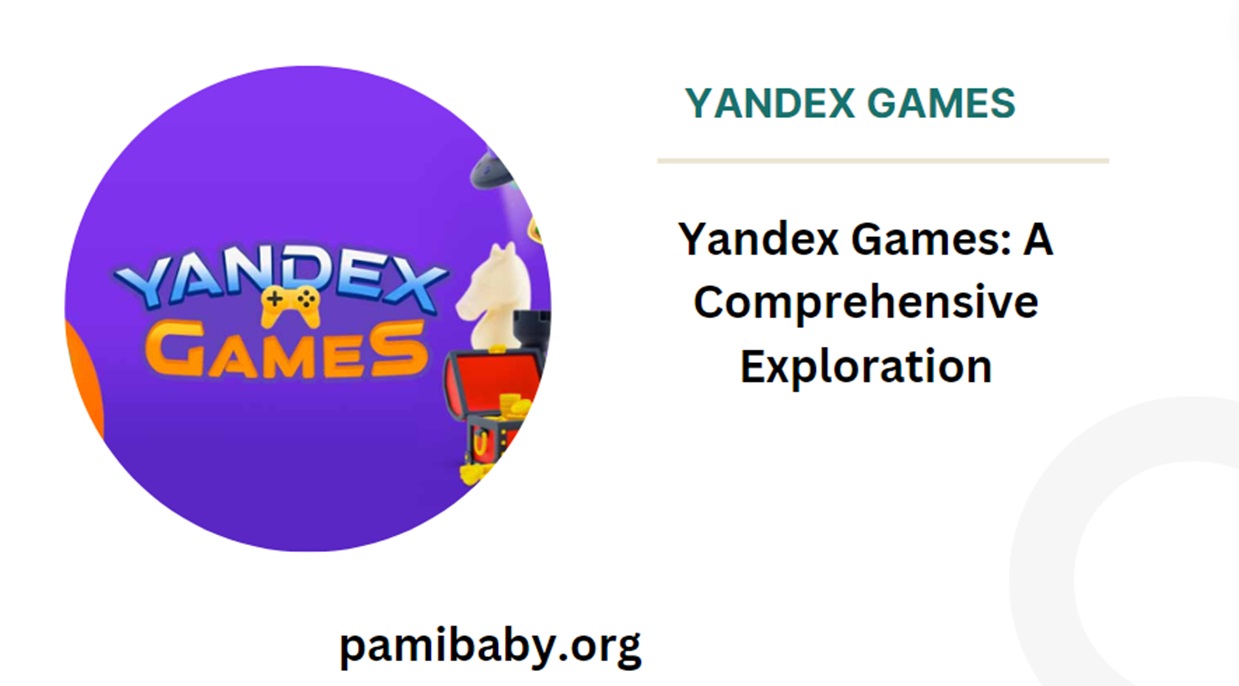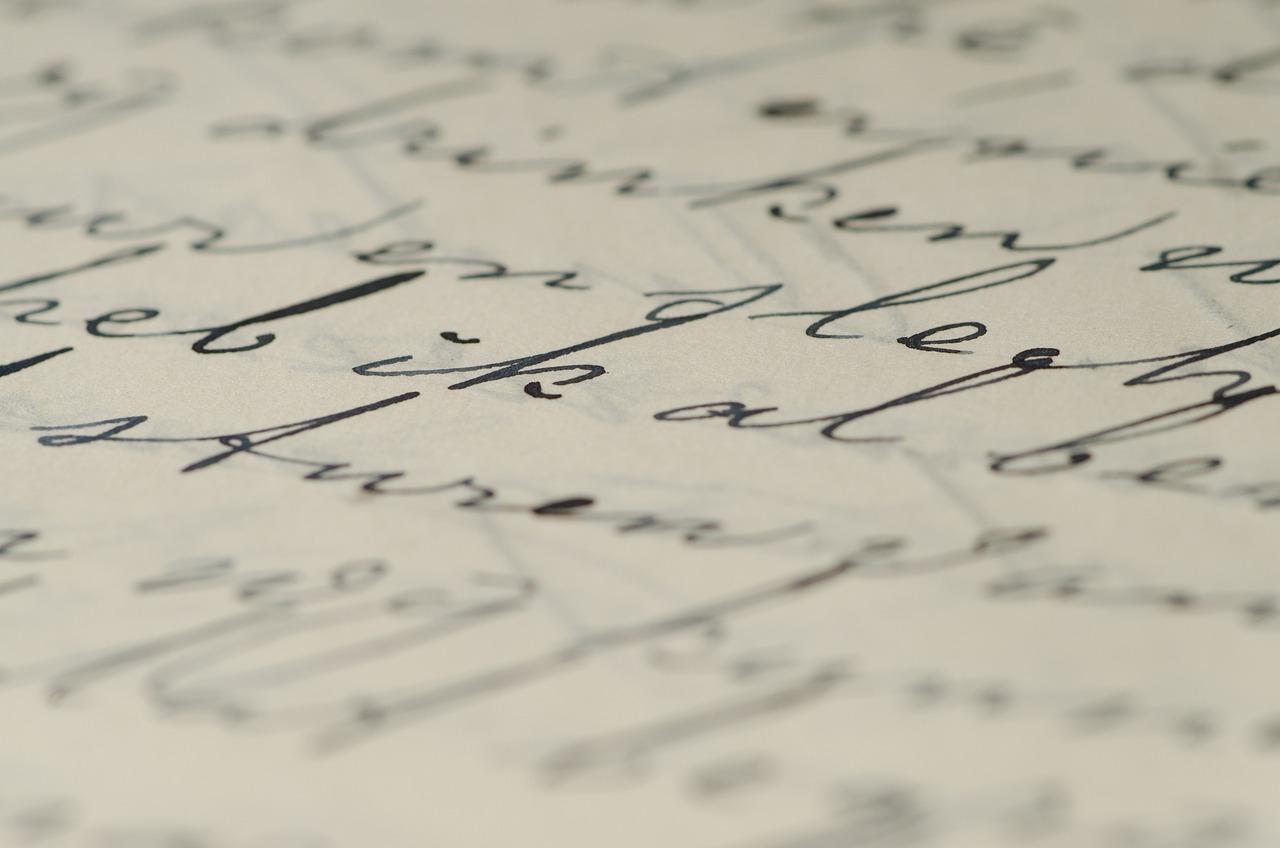Introduction
Solar eclipses are one of the most fascinating natural phenomena visible from Earth. These celestial events, where the moon passes between the Earth and the Sun, casting a shadow on our planet, have captured human imagination for centuries. Observing a solar eclipse, however, requires special precautions due to the potential harm to one’s eyesight from the Sun’s intense light. This is where eclipse glasses come into play. This comprehensive guide will delve into everything you need to know about eclipse glasses, their significance, usage, and how to enjoy a solar eclipse safely and effectively.
Table of Contents
What Are Eclipse Glasses?
Eclipse glasses are specially designed eyewear that allows you to look directly at the Sun during a solar eclipse without causing damage to your eyes. These glasses are made from a special solar filter material that blocks harmful ultraviolet (UV), infrared (IR), and intense visible light, reducing the Sun’s brightness to safe levels.
The Importance of Eye Protection
Looking directly at the Sun can cause severe and permanent damage to your eyes. The Sun’s rays are so powerful that they can burn the retina, leading to a condition known as solar retinopathy. This damage can occur without any pain, making it even more dangerous. Symptoms of solar retinopathy include blurry vision, central vision loss, and the appearance of dark or yellow spots in your vision. To prevent these potential issues, using eclipse glasses is essential.
How Do Eclipse Glasses Work?
Eclipse glasses are equipped with solar filters that are thousands of times darker than regular sunglasses. These filters are made from a special material that blocks out 100% of UV and IR radiation and reduces visible light to a safe level. This allows you to view the Sun comfortably and without risk. The filters used in eclipse glasses meet the ISO 12312-2 international safety standard for direct viewing of the Sun.
Choosing the Right Eclipse Glasses
When selecting eclipse glasses, it’s crucial to ensure they meet specific safety standards and are from reputable sources. Here are some key points to consider:
- Certification: Always check if the glasses are ISO 12312-2 certified. This certification indicates that the glasses have been tested and approved for safe solar viewing.
- Quality and Condition: Inspect the glasses for any damage such as scratches or tears. Damaged glasses can allow harmful light to enter and should not be used.
- Trusted Suppliers: Purchase eclipse glasses from reputable vendors or astronomy organizations. Beware of counterfeit glasses that may not provide adequate protection.
How to Use Eclipse Glasses Properly
Using eclipse glasses correctly is essential for ensuring your safety while viewing a solar eclipse. Here are some steps to follow:
- Inspect Before Use: Before using your eclipse glasses, inspect them for any damage. Do not use them if you find any scratches, tears, or punctures.
- Wear Them Correctly: Put on your eclipse glasses before looking at the Sun. Do not remove them while looking at the Sun. Ensure the glasses fit snugly and cover your eyes completely.
- Supervise Children: If children are viewing the eclipse, make sure they understand the importance of keeping the glasses on and supervise their use to prevent accidental direct viewing of the Sun.
Alternative Viewing Methods
If you don’t have access to eclipse glasses, there are alternative methods for viewing a solar eclipse safely:
- Pinhole Projector: A pinhole projector is a simple and safe way to view an eclipse indirectly. Create a small hole in a piece of cardboard and let the Sun’s light pass through it onto a flat surface. This will project an image of the eclipse.
- Solar Filters for Telescopes and Cameras: If you have a telescope or camera, you can use solar filters designed for these devices. These filters fit over the lens and reduce the Sun’s intensity to safe levels.
- Welding Glass: Shade 14 welding glass can be used to view the Sun safely. Ensure the glass is free of scratches and imperfections.
Preparing for the Solar Eclipse
Preparation is key to ensuring a safe and enjoyable solar eclipse viewing experience. Here are some steps to help you get ready:
- Check Eclipse Timings: Determine the start, maximum, and end times of the eclipse for your location. Reliable sources like NASA or Time and Date provide accurate timings based on your geographical location.
- Choose a Viewing Location: Select a location with a clear, unobstructed view of the sky. Open fields, parks, or elevated areas are ideal spots.
- Monitor Weather Conditions: Keep an eye on the weather forecast for your viewing area. Clear skies provide the best viewing conditions, but even if it’s cloudy, you might still catch glimpses of the eclipse.
- Gather Equipment: Collect all necessary equipment, including eclipse glasses, cameras with solar filters, and any alternative viewing devices. Test your equipment beforehand to ensure everything works correctly.
Experiencing the Eclipse
On the day of the eclipse, follow these tips to make the most of the event:
- Arrive Early: Arrive at your chosen viewing spot early to secure a good location and get settled before the eclipse begins.
- Use Your Glasses: Remember to put on your eclipse glasses before looking at the Sun. If you are using alternative methods, set them up properly.
- Observe the Changes: Notice how the environment changes as the eclipse progresses. The temperature may drop, and the light will dim, creating an eerie atmosphere.
- Share the Experience: Share the moment with friends, family, or fellow eclipse enthusiasts. It’s a great opportunity to connect with others and share the awe of the celestial event.
- Capture the Moment: If you plan to photograph the eclipse, ensure your camera has a solar filter. Practice taking photos before the event to get the settings right.
Historical Significance of Solar Eclipses
Solar eclipses have fascinated humanity for centuries and have been recorded and interpreted in various ways throughout history. Ancient Chinese astronomers meticulously documented eclipses, while in ancient Greece, the philosopher Anaxagoras provided a scientific explanation for the phenomenon. Solar eclipses have also played a role in significant scientific discoveries.
One of the most famous historical eclipses occurred on May 29, 1919. This total solar eclipse provided crucial evidence for Albert Einstein’s theory of general relativity. During the eclipse, astronomers observed the bending of starlight by the Sun’s gravity, confirming Einstein’s predictions and revolutionizing our understanding of gravity and the universe.
Myths and Legends Surrounding Eclipses
Eclipses have inspired numerous myths and legends across different cultures. These stories reflect the awe and wonder that eclipses have evoked throughout human history.
- Chinese Mythology: In ancient China, a solar eclipse was believed to occur when a celestial dragon devoured the Sun. To scare the dragon away, people would bang drums and make loud noises.
- Norse Mythology: In Norse mythology, two wolves named Skoll and Hati chased the Sun and the Moon. An eclipse was thought to happen when one of the wolves caught up with its prey.
- Hindu Mythology: Hindu mythology describes the demon Rahu swallowing the Sun or Moon, causing an eclipse. Rahu, however, is decapitated by Vishnu, and the celestial bodies reappear as his headless body releases them.
Future Solar Eclipses
Solar eclipses continue to occur regularly, providing opportunities for future viewing. Here are some upcoming eclipses to mark on your calendar:
- October 14, 2023: An annular solar eclipse will be visible in parts of the United States, Central America, and South America.
- April 8, 2024: A total solar eclipse will cross North America, providing a spectacular show for millions of viewers.
- August 12, 2026: Another total solar eclipse will be visible in parts of the Arctic, Greenland, Iceland, and Spain.
Conclusion
Solar eclipses offer a unique and breathtaking experience that connects us to the cosmos and reminds us of the wonders of our universe. By using eclipse glasses and following safe viewing practices, you can enjoy these celestial events without risking your eyesight. Preparing well, choosing a good viewing location, and sharing the experience with others can make your eclipse-viewing adventure even more memorable.
Remember, safety first! Always use certified eclipse glasses and follow proper viewing guidelines to ensure a safe and unforgettable eclipse experience. Whether you’re a seasoned eclipse chaser or a first-time observer, the next solar eclipse promises to be an extraordinary event. Happy eclipse-viewing!
Additional Tips for an Enhanced Eclipse Viewing Experience
To make your eclipse-viewing experience even more enjoyable, consider these additional tips:
- Join an Astronomy Group: Joining a local astronomy club or group can provide valuable insights and enhance your viewing experience. These groups often organize eclipse viewing events and offer expert advice.
- Eclipse Apps: Use smartphone apps dedicated to solar eclipses. These apps can provide real-time updates, interactive maps, and augmented reality features to enhance your experience.
- Educational Resources: Before the eclipse, educate yourself and others about the science behind eclipses. There are numerous documentaries, books, and online resources that explain the mechanics and significance of solar eclipses.
- Plan a Viewing Party: Host an eclipse viewing party with friends, family, or community members. Provide eclipse glasses for everyone and enjoy the event together. Sharing the experience can make it even more special.
- Create Eclipse Art: Capture your impressions of the eclipse through art. Whether it’s drawing, painting, or writing, expressing your experience creatively can provide a lasting memory of the event.
Reflecting on the Celestial Wonders
Solar eclipses serve as a powerful reminder of the intricate and dynamic nature of our universe. They inspire curiosity, foster scientific discovery, and bring people together in shared wonder. As you prepare for the next solar eclipse, take a moment to reflect on the extraordinary celestial mechanics that make such events possible.
Eclipse glasses are not just a tool for safe viewing; they are a gateway to appreciating the vastness and beauty of our solar system. By ensuring that you and those around you can view the eclipse safely, you contribute to a collective celebration of our place in the cosmos.
So, as you gear up for the next solar eclipse, remember the importance of safety, the thrill of anticipation, and the joy of shared experience. Equip yourself with the right tools, find the perfect viewing spot, and immerse yourself in the awe-inspiring spectacle of a solar eclipse.









